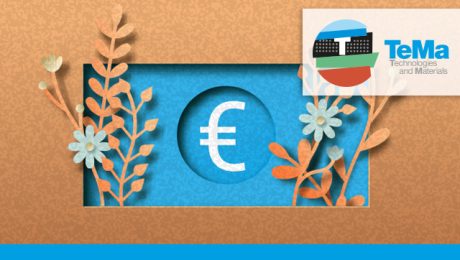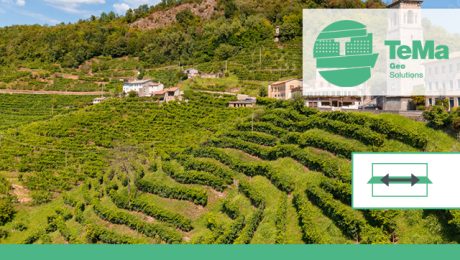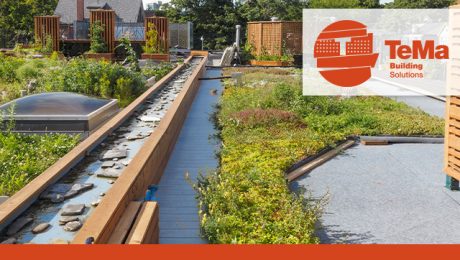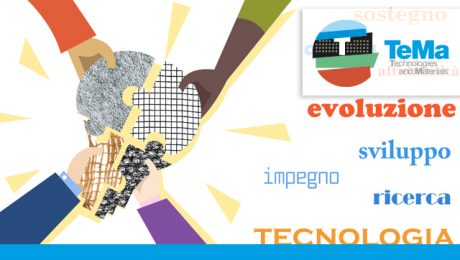Sustainable finance: sustainable development
It’s interesting to realize just how much the environmental culture of a business can be a way to accelerate its development, even by allowing it to access finance that’s vital for its growth and innovation: this is where the concept of sustainable finance comes in.
No self-respecting company report is complete without covering sustainability, the circular economy, wellbeing and the environment, which have different connotations for different businesses and are promoted to varying extents over the course of their lives.
The fact that this has become a “mature” issue can be seen in the need and, indeed, the will of companies to meet the requirements of ESG “certification” (Environmental, Social and Governance), since those companies who are attuned to these worlds are destined to have a more productive future and be more attractive to financial backers.
So, by sustainable finance we mean finance that supports the capital and investments of businesses with future-proof projects, especially from an environmental point of view. This is a practice aimed at investing to develop production processes, in addition to funding research into raw materials and end-of-life disposal of products, with the upstream decision process generally focusing on protecting the planet.
The cornerstones of sustainable finance
There are three factors taken into consideration, into which the tangible application of sustainable development can be narrowed down.
- Environmental factors: these include issues like the need to promote greener, more energy-efficient production processes. They very much hinge on the themes of circular economy and zero-emission activities, as well as on preventing pollution and protecting biodiversity.
- Social factors: these focus more on reducing inequality and on developing an inclusive system, one that is pro-human rights, in addition to investing in training and in the wellbeing of communities.
- Governance factors: these ensure that both environmental and social factors are included in the company‘s decision-making processes.
TeMa and sustainability
TeMa Technologies and Materials has long been a believer in using sustainable materials and creating sustainable solutions, even in the building and geotechnical fields.
Reinforced soil projects, on both a small and large scale, are a case in point: the technique of using soil as a retaining material, instead of concrete, certainly makes the structure more environmentally friendly, providing benefits in terms of both the landscape and liveability (they often double as noise barriers, click here for more information).
We provide 30-plus years of experience in the development of geogrids and geomembranes supplied in rolls, which are easy to carry to even the most inaccessible sites, and are ideally suited to the construction of landfills, tunnels, roads, reinforced soil projects and drainage ditches.
In addition to the many advantages in terms of construction, they come with the no small benefit of energy savings and the reduction in air pollution achieved when using geomembranes instead of traditional gravel: in terms of transport alone, the number of trips (trucks) drops from 100 to 1.
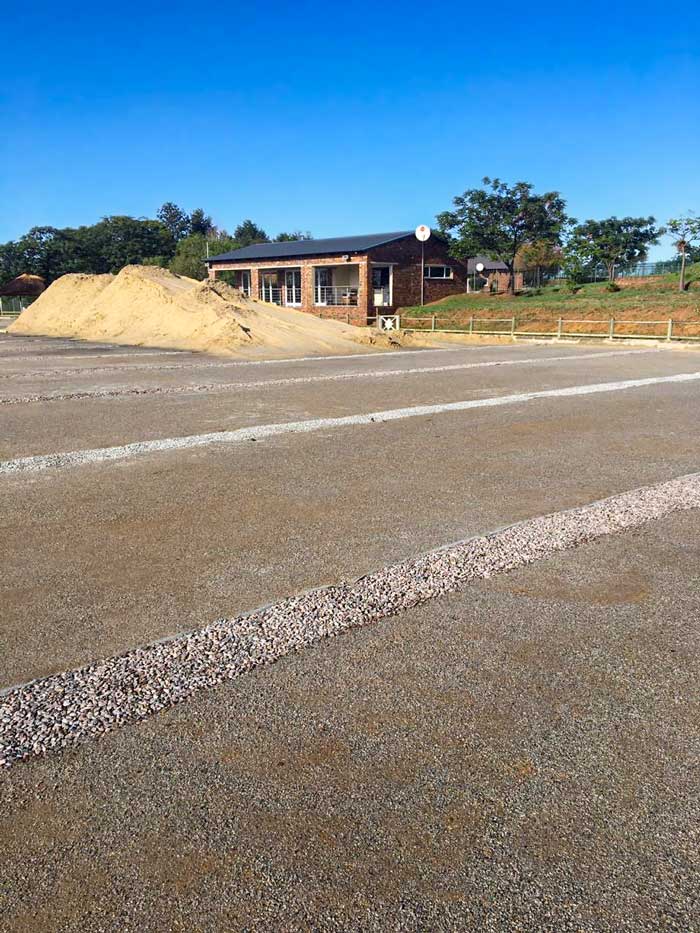
Out of our many past projects, one standout would have to be the track of a race course in Johannesburg, in South Africa.
In addition, TeMa supplies sustainable products like natural fibre matting — made from materials such as jute, straw, coconut and cellulose — that are particularly well suited to surface erosion control on grass slopes.
- Published in CORPORATION, Research and development, TeMa Technologies and Materials
Reinforcement of slopes and embankments
Slopes and embankments can be used as road or railway embankments, raised flood banks and floodplains, and even vineyards, especially in a territory such as Italy, one of the countries with the largest number of UNESCO World Heritage landscapes in the world.Many of those greened terraces are true reinforced earth structures, with their stability guaranteed by a well-tested construction technique.
Stability for slopes and embankments
Reinforced earth structures are retaining works that allow slopes and embankments to be supported, including steep slopes. They do not involve the use of concrete constructions, which would be more detrimental to the landscape.
The soil has a natural capacity for compressive strength. When combined with geosynthetic grids (which have excellent tensile strength), they create a stable system, as the features of the two components provide a high-performance composite.
The open mesh structure allows reinforcement geogrids to develop passive resistance along the transverse ribs, as well as creep resistance of the geosynthetic grid in relation to the soil. The TeMa Geo Solutions range includes X-Grid geogrids, available in a variety of models depending on the type of project.
How to position the geogrid in the layering of a terrain?
Each slope needs to be carefully and expertly engineered. However, in addition to the need to reinforce the raised earth structure with geogrids, it is essential to ensure surface erosion control using synthetic or natural erosion control mats and shaping with electro-welded wire mesh formwork.
The X-Grid geogrid must be applied to each ‘block’ of soil supported by the formwork, positioned between the backfill soil and the erosion control mat. An external wrap-around part, measuring no more than 150 cm, must be provided for the formwork system by installing formwork stiffening ribs approximately 30 cm apart.
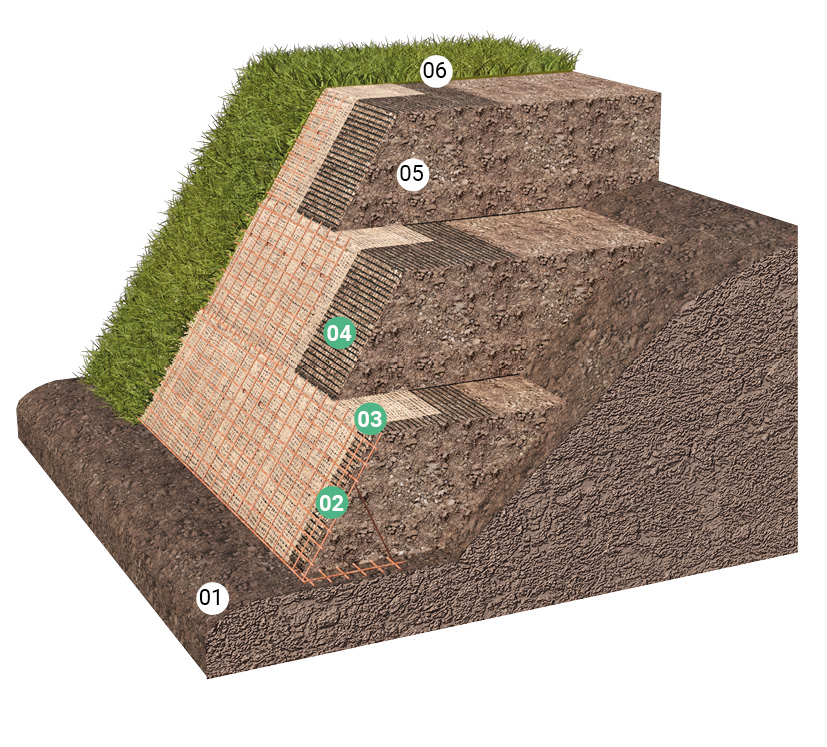
- Foundation soil
- Metal formwork
- Erosion control mat
- Geogrid
- Backfill soil
- Grassed surface
- Published in environmental, GEO, Geogrids, Reinforced earth structures
Green surfaces and green roofs: benefits and technical ins and outs
In recent years, “green” has become more and more of a buzzword, encompassing simple and cost-effective solutions that can be adopted by anyone with a roof. We’re talking green roofs, which, in addition to bringing undeniable environmental benefits, are the perfect place for relaxing with the family or enjoying summer drinks with friends. The origins of roof gardens date back to ancient times — think Hanging Gardens of Babylon — and, today, are built for extreme reliability, including long service life, with excellent products producing even more advantages.
Let’s take a look at the full picture in detail.
The advantages of green areas
For the environment
Plants and grass are natural carbon sinks, absorbing CO2 and releasing oxygen, in addition to filtering particulate matter. In addition, they lessen the urban microclimate effect by lowering temperatures by several degrees centigrade, and reduce electrosmog caused by any electronic device.
They muffle noise and, if designed well, absorb and retain the early sudden downpours associated with significant rain events.
A series of sustainable improvements for urban wellbeing, improving air quality with less smog and particulate matter.
For occupant comfort
Vegetation also acts as natural thermal insulation — which is no small advantage given the energy crises of recent months — and soundproofing in loft bedrooms. Furthermore, it provides the roof with effective protection against UV rays, mechanical stress and daily variations in temperature, thus increasing the average service life of waterproofing.
Lastly, creating a garden on a roof increases the value of the property.
From a technical point of view
A green roof build-up comprises a number of layers, including geosynthetics offering better performance than traditional systems in terms of drainage, mechanical protection of waterproofing, and filtration. The products used are lighter and non-bulky, easy to transport and quick to install.
Functions required of the roof
There are 4 main functions involved:
- Reservoir (to hold rainwater for irrigation purposes until it is needed) and drainage (to remove excess water). This combined function is addressed with 20mm HDPE studded membranes T-Kone H XL and T-Kone H XL S.
- Control of surface erosion caused by atmospheric agents. This function is addressed with natural fibre matting T-Juta 500 and the synthetic geomat T-Mat.
- Drainage. This is where T-Mix Drain 20 SS comes in, the cuspated-fibre geomat sandwiched between 2 geotextiles.
- Mechanical protection of waterproofing. The geotextiles from the Tematex NW PET range, in white and black, fit the bill.
- Published in BUILDING, Flat green roofs
Successful collaboration
In all three of its divisions, TeMa has an in-company technical department that supports and assists its customers in the various phases of implementing a project. We take care of all the details, from choosing the solution to using the method of installation.
At TeMa, our technicians use in-depth analysis and cutting-edge software to propose effective, complete and reliable solutions for any type of intervention in the field of geosynthetic products. The dimensional evaluation, structural checks and specifications of the products to be used are of considerable support for the planner or the contractor. But that’s not all. The same is also true for the most experienced operators in the sector who feel the need to expand their knowledge, gaining experience in a constantly developing field. And the outcome? Being able to propose versatile solutions in step with technologies.
The companies in the IWIS Group, including TeMa, have implemented their production plants using innovative technologies, investing in a system that ensures that soil, air and water are protected. We have three photovoltaic plants, 200 kWp, 150 kWp and 100 kWp, which allow us to use energy obtained from renewable sources. The holding company also uses recycled materials for some of its production processes, relying on 4 specific plants for recycling plastics.
TeMa Geo has the support of a research laboratory, among other things, since the company firmly believes that only constant commitment to researching and developing new solutions is the key to success and constant improvement. Collaboration between the technical office and the testing and quality laboratory, especially in the geosynthetics sector, is fundamental: it gives the company’s customers state-of-the-art solutions with researched and tested products while supporting planners and contractors with the correct installation of the proposed solutions. Tests of durability, compressive strength and drainage capacity in the most critical situations are just some of the tests that TeMa laboratories carry out daily to ensure that its products meet the strict pre-established quality standards. The fact that these products are natural and/or recycled guarantees that they are not harmful to the environment, confirming TeMa’s commitment to environmental protection.

It is precisely this continuous pursuit of excellence that has allowed TeMa to obtain UNI EN ISO 9001:2000 certification, which acknowledges a quality system with the highest levels of performance. Moreover, in compliance with the CPD (Construction Product Directive) 89/106/EEC, the product ranges proposed by TeMa have followed the procedure to obtain the CE mark.
Find out more about TeMa Geo Solutions products.
- Published in CORPORATION, GEO, Research and development

